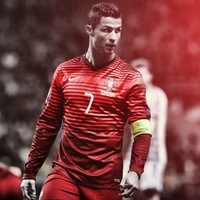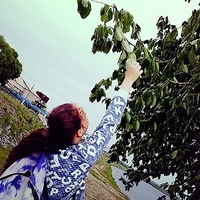
Свинец не пропускает радиоактивное излучение. Каким минимальным числом свинцовых шаров (не
обязательно одного радиуса) можно полностью загородить излучающий шарик? 0
0
 0
0
Ответы на вопрос
 Внимание! Ответы на вопросы дают живые люди. Они могут содержать ошибочную информацию, заблуждения, а также ответы могут быть сгенерированы нейросетями. Будьте внимательны. Если вы уверены, что ответ неверный, нажмите кнопку "Пожаловаться" под ответом.
Внимание! Ответы на вопросы дают живые люди. Они могут содержать ошибочную информацию, заблуждения, а также ответы могут быть сгенерированы нейросетями. Будьте внимательны. Если вы уверены, что ответ неверный, нажмите кнопку "Пожаловаться" под ответом.

Если излучающий шарик поместить в центр правильного треугольника со стороной а. Затем вокруг поставить три свинцовых шара с центрами - в вершинах тр-ка и радиусами а/2. (см. рисунок во вложении).
Ответ: 3.
 0
0
 0
0

Can lead completely block radioactive radiation?
Lead is known for its ability to block or attenuate various forms of radiation, including radioactive radiation. The high density and atomic number of lead make it an effective shielding material against radiation. When radiation interacts with lead, it undergoes a process called attenuation, where the intensity of the radiation decreases as it passes through the material.
How many lead balls, of any size, would be needed to completely shield an emitting ball?
To determine the minimum number of lead balls required to completely shield an emitting ball, we need more information about the emitting ball's size and the desired level of shielding. The number of lead balls needed would depend on factors such as the size and activity of the emitting ball, the thickness of the lead balls, and the desired level of radiation attenuation.
To provide a more specific answer, please provide additional details about the emitting ball and the desired level of shielding.
 0
0
 0
0
Топ вопросов за вчера в категории Геометрия
Последние заданные вопросы в категории Геометрия
-
Математика
-
Литература
-
Алгебра
-
Русский язык
-
Геометрия
-
Английский язык
-
Химия
-
Физика
-
Биология
-
Другие предметы
-
История
-
Обществознание
-
Окружающий мир
-
География
-
Українська мова
-
Информатика
-
Українська література
-
Қазақ тiлi
-
Экономика
-
Музыка
-
Право
-
Беларуская мова
-
Французский язык
-
Немецкий язык
-
МХК
-
ОБЖ
-
Психология
-
Физкультура и спорт
-
Астрономия
-
Кыргыз тили
-
Оʻzbek tili





















